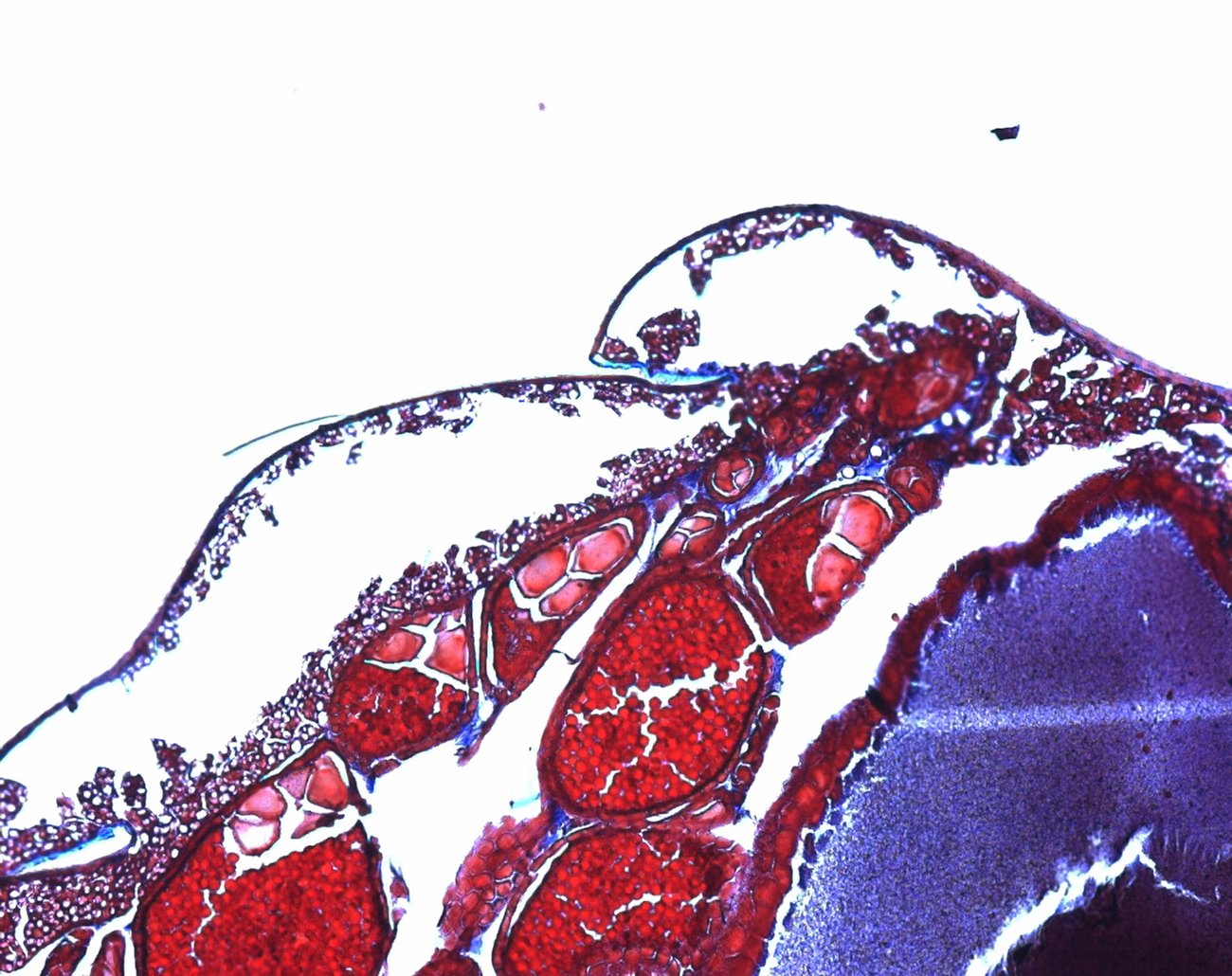
Mosquito biology influences virus dissemination and transmission.
Hi! I am currently a K99 Postdoctoral Fellow at the Connecticut Agricultural Experiment Station (CAES) in New Haven, CT working with Dr. Doug Brackney and Dr. Phil Armstrong. We are interested in the impact of mosquito bloodfeeding behavior on virus transmission.
Previous studies have typically used a single infectious bloodmeal to infect mosquitoes with virus. Mosquitoes are followed to see when virus escapes the midgut, becomes disseminated throughout the body, and is transmitted in the saliva. This time to dissemination decreases when mosquitoes are given a second, noninfectious bloodmeal a few days following infection. This additional feeding more closely matches mosquito feeding behavior in the wild where many important mosquito species feed frequently (every 3-4 days) if hosts are available.
My work is focused on determining the mechanism behind this decrease in time to disseminated infection as well as how this translates to different mosquito and virus combinations. Additionally, I am interested in how additional bloodmeals may impact transovarial transmission of virus from infected female mosquitoes to their offspring.

Bloodfeeding stretches the mosquito midgut.
When mosquitoes feed on blood, their midguts expand and become engorged. The upper midgut in the picture on the left is from a fully fed mosquito. The gut in the middle has received a partial bloodmeal and the bottom gut is from an unfed mosquito. This process of gut expansion and digestion causes physiological stress and damage.
When virus enters a susceptible mosquito via an infectious bloodmeal, virus particles invade midgut cells and replicate. After several days, virus particles escape the gut and travel throughout the mosquito body and can sometimes infect the salivary glands and be passed on to a new host via an infectious bite. This process of midgut escape and dissemination is sped up if mosquitoes are given a second, noninfectious bloodmeal. This decrease in time to disseminated infection may be due to damage of the midgut basal lamina caused by gut expansion.
I am working to characterize this damage and to better understand the mechanisms involved in viral midgut escape.

Transovarial transmission may be influenced by bloodfeeding.
Mosquito ovaries, as seen in the picture on the right, go through periods of expansion during egg development. Similar to midgut expansion, this swelling causes damage to the ovarian basal lamina and may allow virus to enter into the ovaries and eventually be vertically transmitted from the infected female mosquito to her offspring.
I am investigating the timing of transovarial transmission and the influence of secondary bloodmeals on viral invasion of the ovaries.




